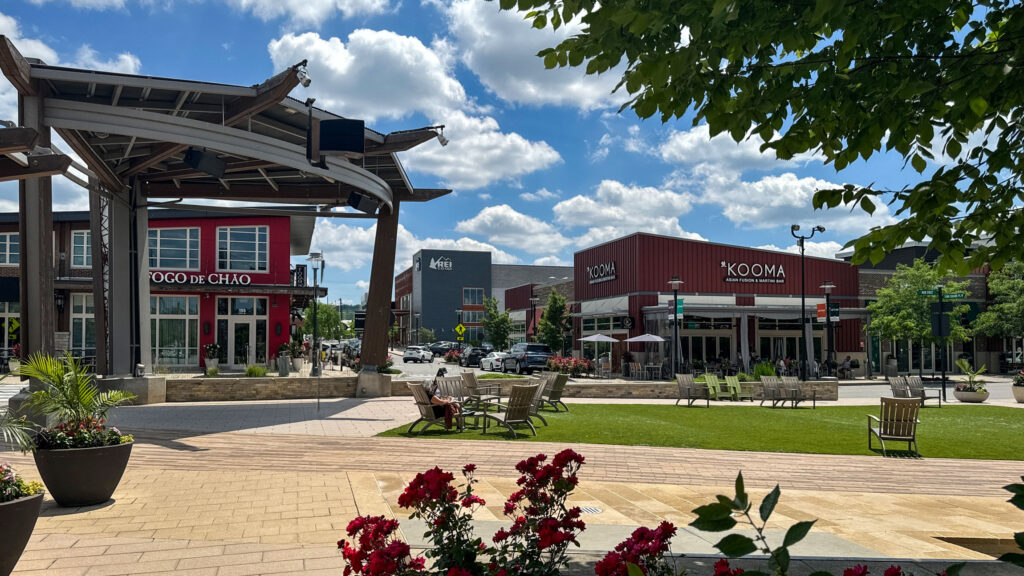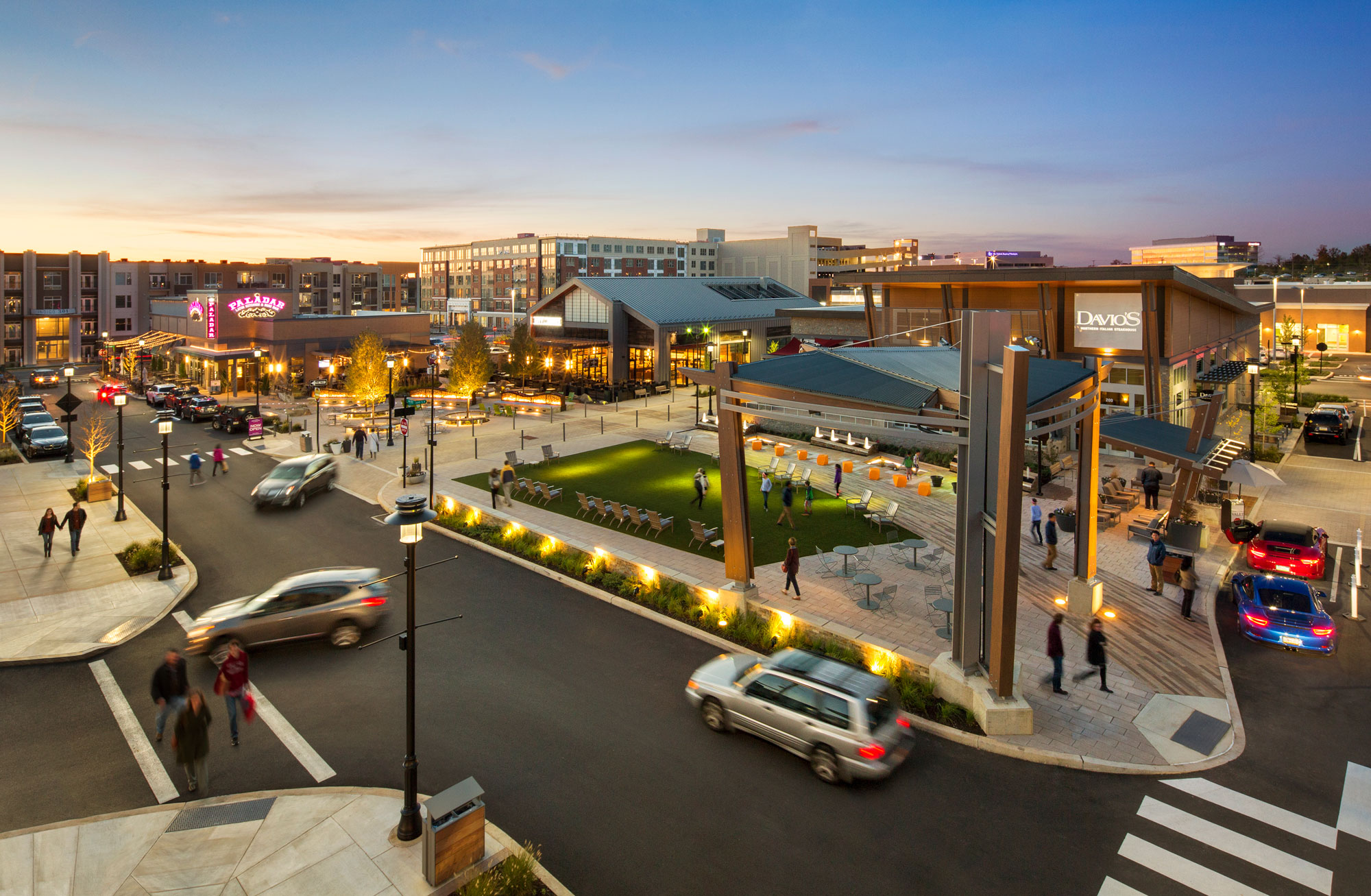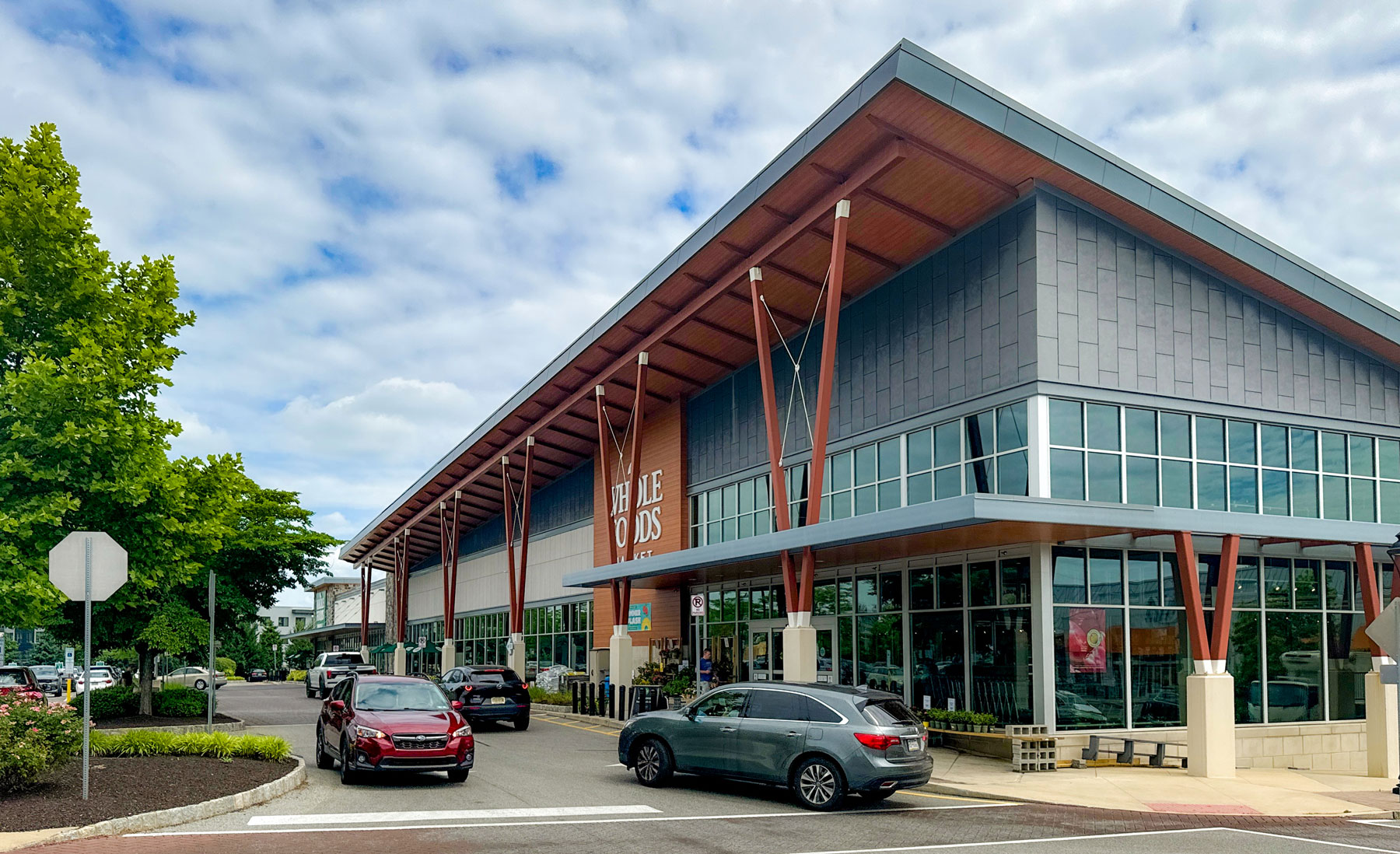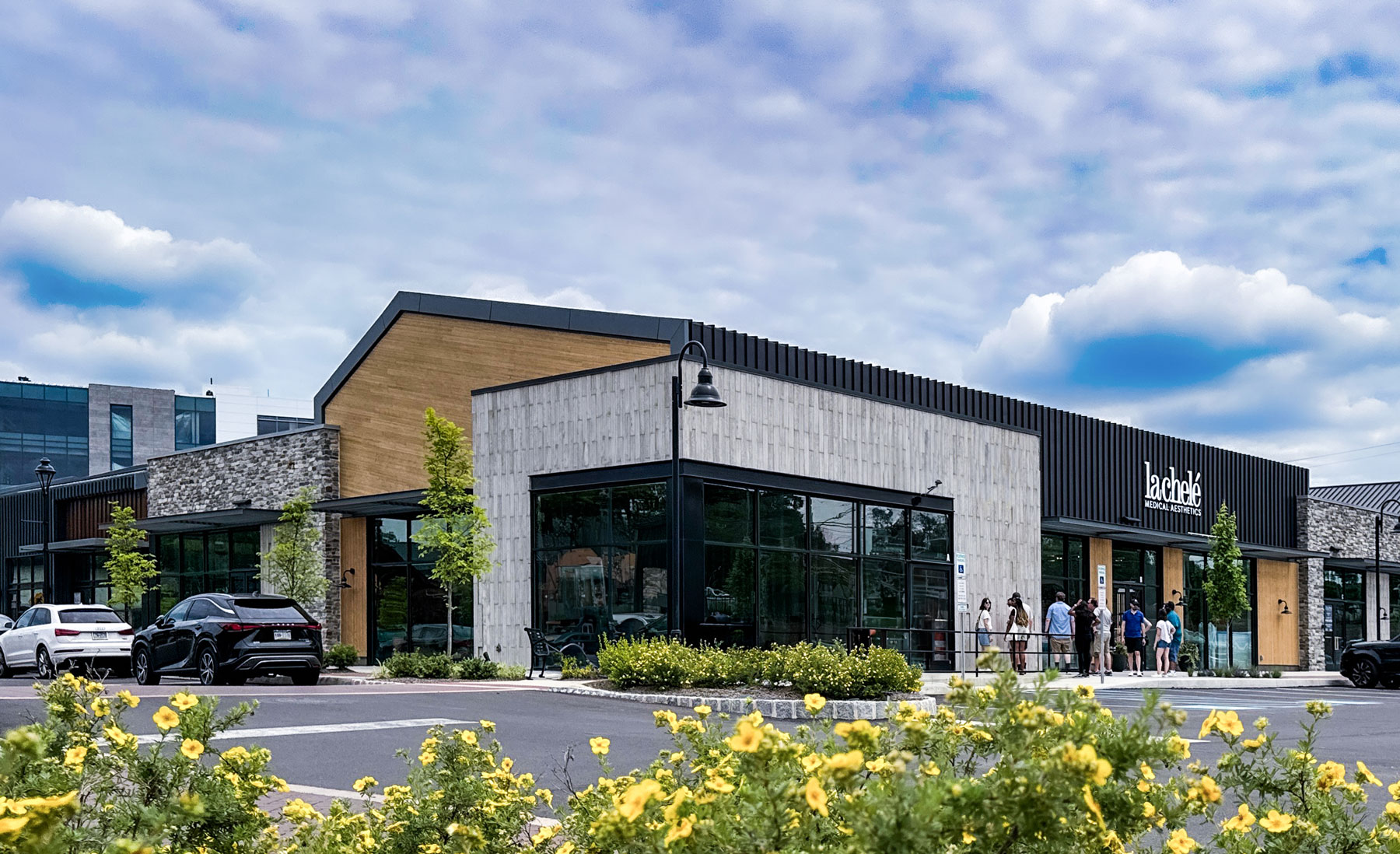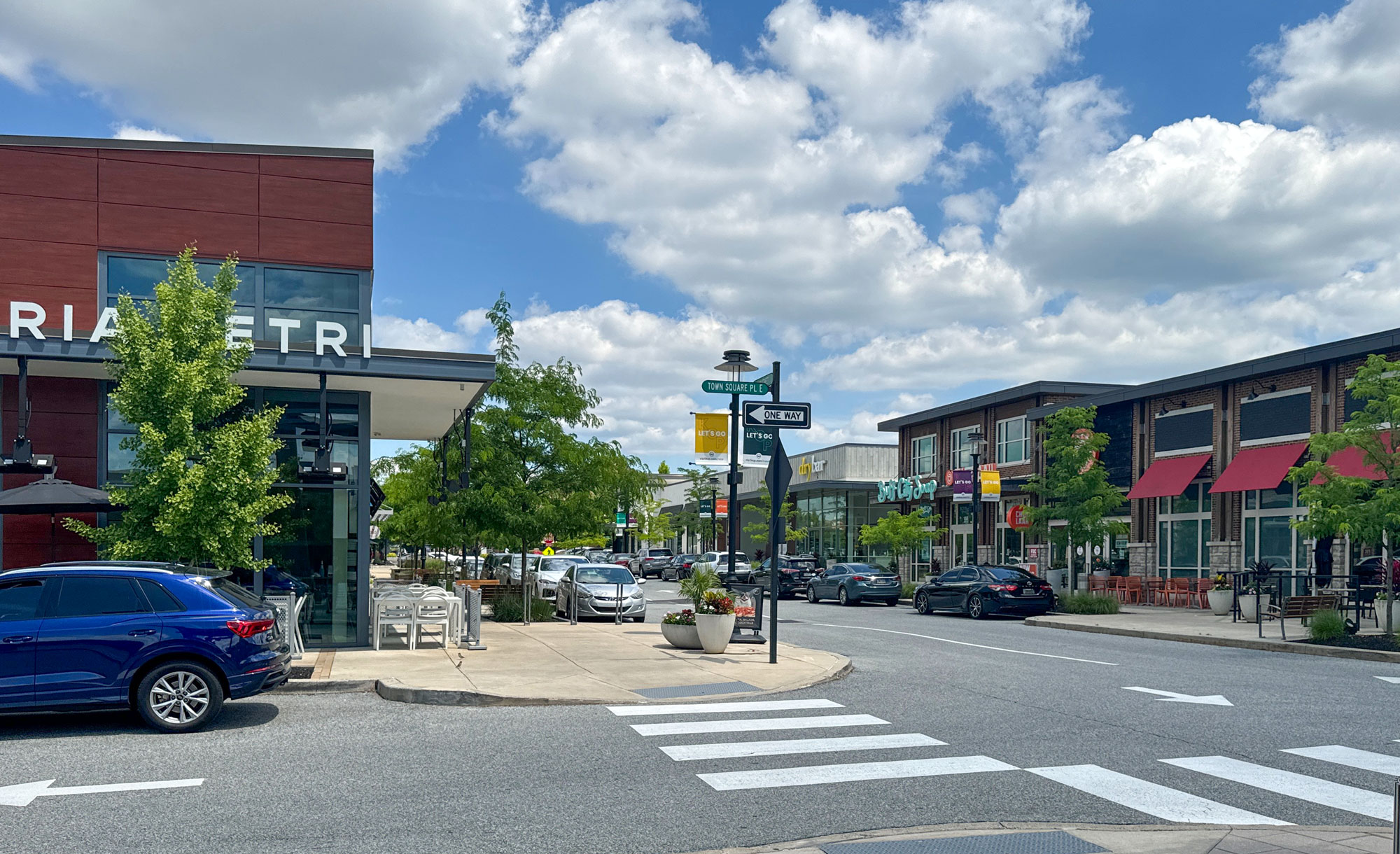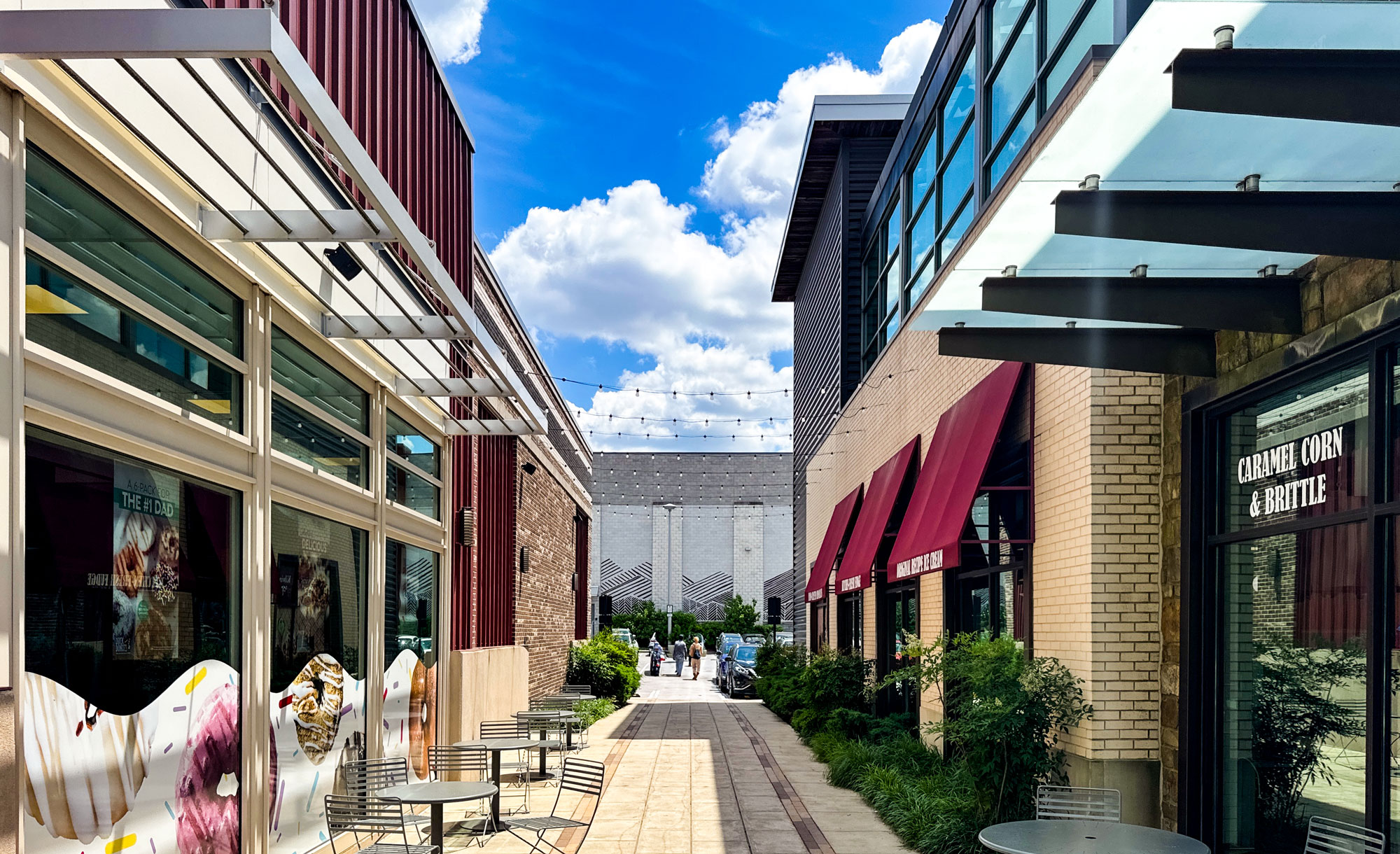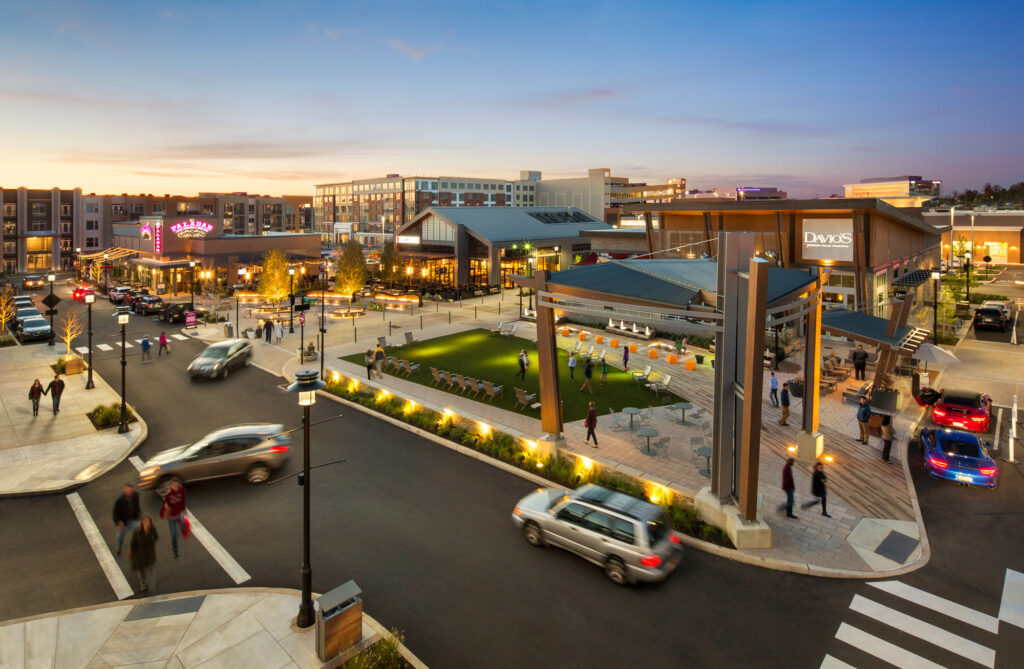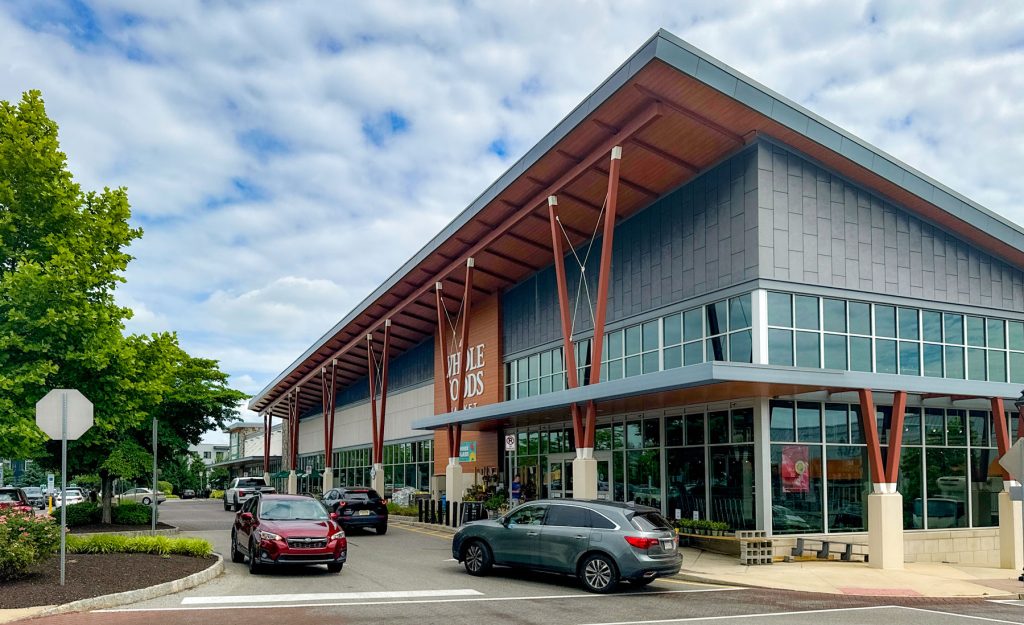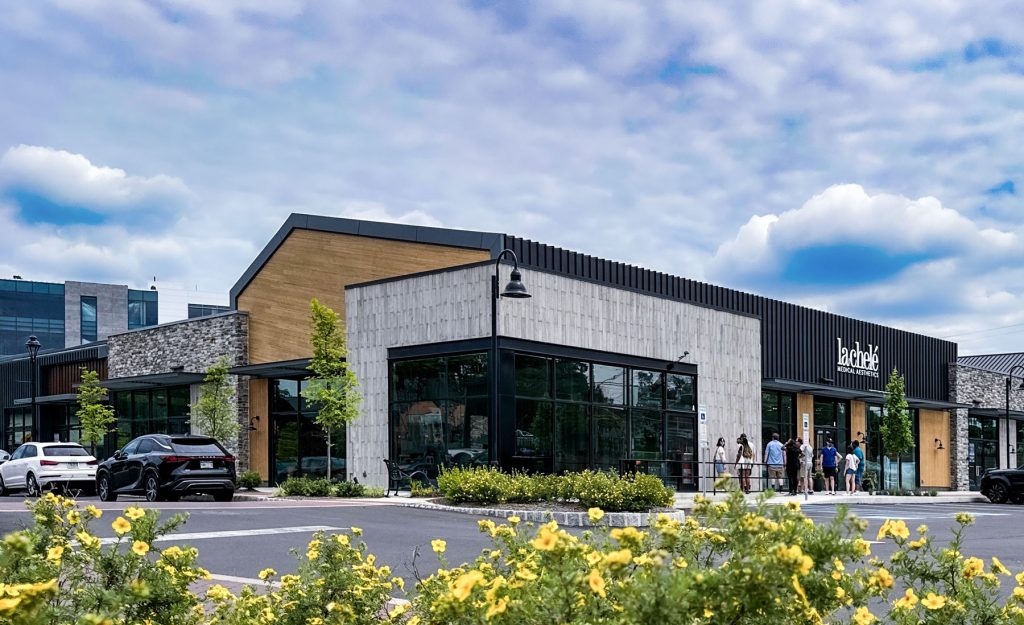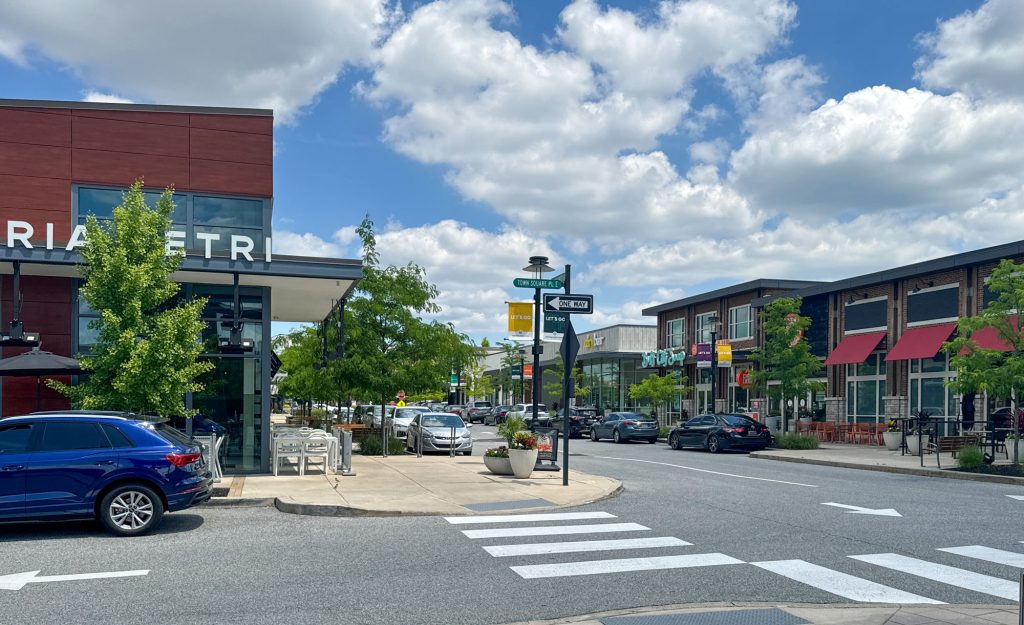Since the 1970s, suburban growth in the U.S. has resulted in sprawling neighborhoods designed around car travel. Historically, these residential areas lacked meaningful connections to nearby amenities, forcing residents to drive for shopping, work, and entertainment. Over time, this created inefficient land use that weakened community engagement.
Over the past five years, there’s been a noticeable shift as people — especially younger couples starting families — choose to move from dense urban environments to the suburbs. Yet, their desire for the conveniences of city living remains. Today’s suburban residents seek communities that offer the same walkable amenities, access to daily services, dining, and entertainment they enjoyed in urban neighborhoods — all while gaining the space, schools, and quality of life the suburbs provide. This growing demand is redefining how suburban developments are designed, blending the best of both worlds into vibrant, mixed-use environments. These changes have opened the door to rethinking suburban design.
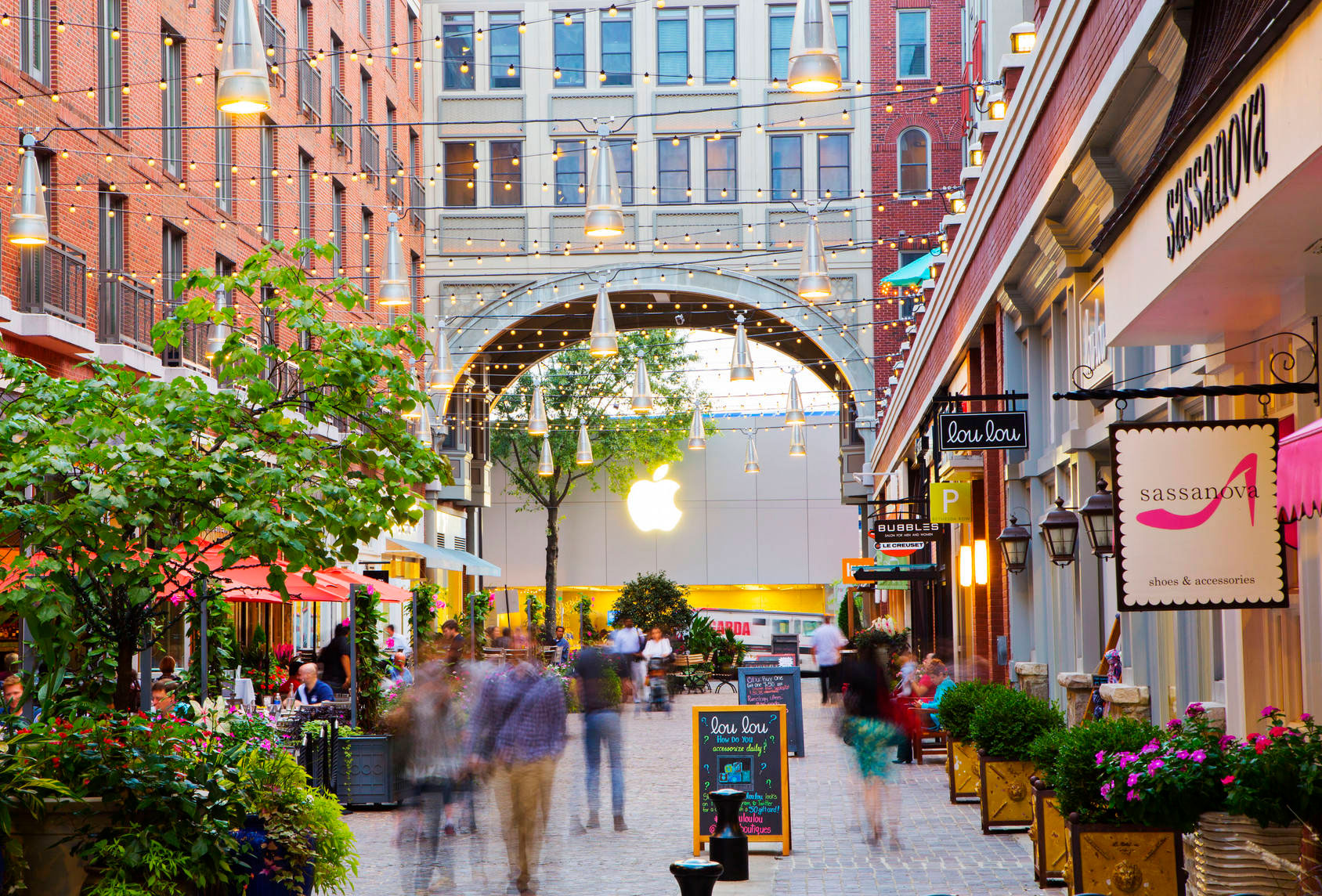
Over the past five years, there’s been a noticeable shift as people — especially younger couples starting families — choose to move from dense urban environments to the suburbs. Yet, their desire for the conveniences of city living remains. Today’s suburban residents seek communities that offer the same walkable amenities, access to daily services, dining, and entertainment they enjoyed in urban neighborhoods — all while gaining the space, schools, and quality of life the suburbs provide. This growing demand is redefining how suburban developments are designed, blending the best of both worlds into vibrant, mixed-use environments. These changes have opened the door to rethinking suburban design.
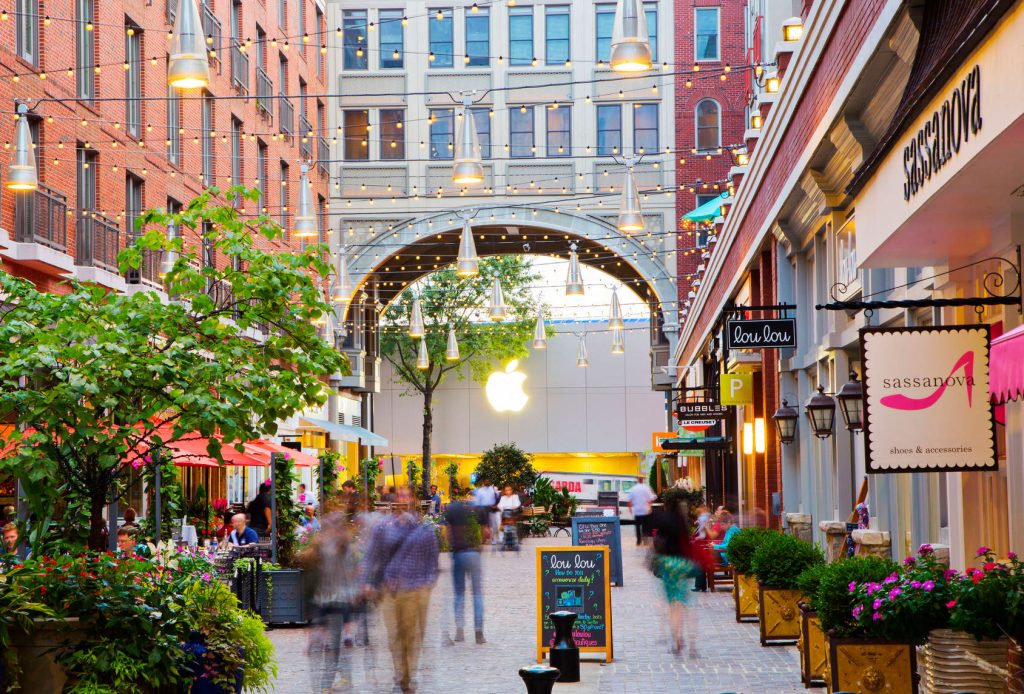
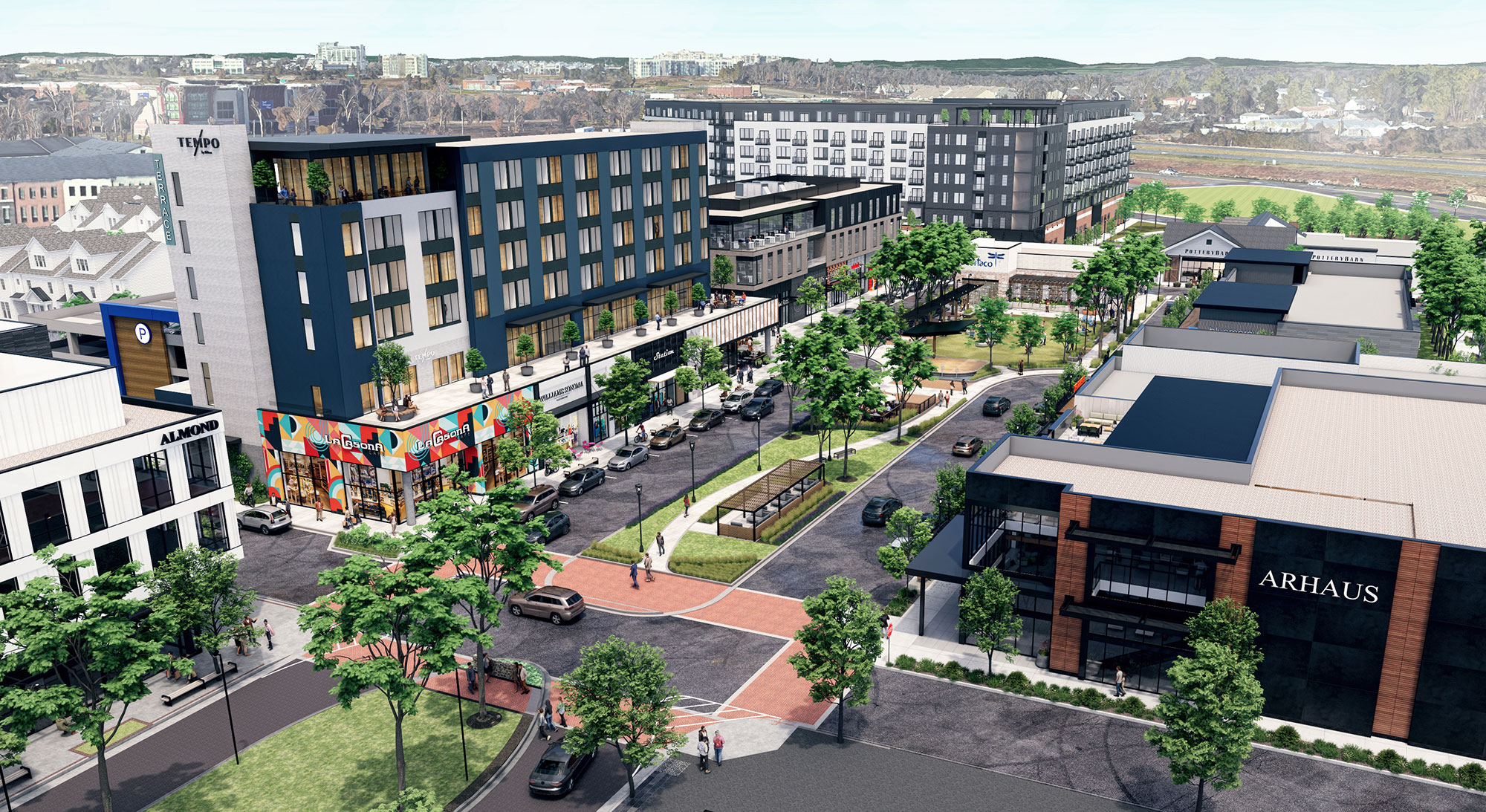
Today, developers and planners are creating vibrant, walkable, multi-modal, mixed-use communities to better serve growing suburban populations who desire the same benefits that cities offer. Inspired by the “10-Minute Walk” and “15-Minute City” concepts, these new developments prioritize accessibility, green space, and healthier lifestyles.
Suburban communities are integrating retail, residential, office, and entertainment uses, creating more sustainable, multi-generational neighborhoods. New housing options — including multifamily, condominiums, and senior living — provide flexibility for families and those looking to downsize, reducing reliance on cars and strengthening community connections.
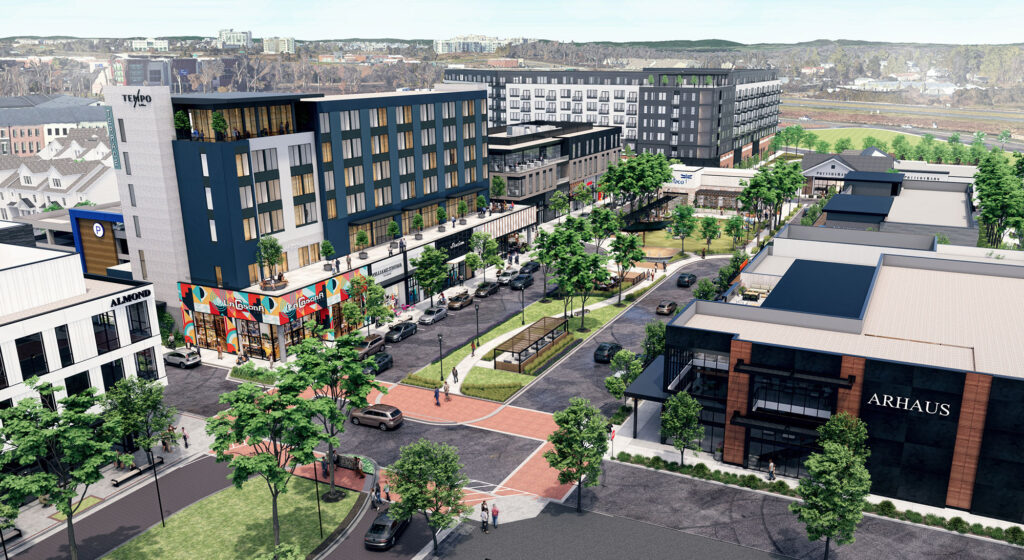
Today, developers and planners are creating vibrant, walkable, multi-modal, mixed-use communities to better serve growing suburban populations who desire the same benefits that cities offer. Inspired by the “10-Minute Walk” and “15-Minute City” concepts, these new developments prioritize accessibility, green space, and healthier lifestyles.
Suburban communities are integrating retail, residential, office, and entertainment uses, creating more sustainable, multi-generational neighborhoods. New housing options — including multifamily, condominiums, and senior living — provide flexibility for families and those looking to downsize, reducing reliance on cars and strengthening community connections.
These modern communities focus on the following points to create successful suburban developments:
MIXED-USE DESIGN – integrating residential, retail, office, and recreational spaces
WALKABILITY – reducing car dependence and fostering pedestrian-friendly environments
REVITALIZATION – transforming outdated malls and empty parking lots into thriving urban hubs
Projects such as King of Prussia Town Center (PA), Lansdowne Town Center (VA), and One Loudoun (VA) exemplify this shift.
King of Prussia Town Center centers on Wegmans and a lively main street, connecting residential spaces to restaurants and entertainment around a public gathering lawn.
Lansdowne Town Center offers a walkable village anchored by a grocery store and neighborhood services like dentists and financial offices above retail.
One Loudoun brings together retail, residential, entertainment, office, hotel, and green space in a highly walkable layout.

Projects such as King of Prussia Town Center (PA), Lansdowne Town Center (VA), and One Loudoun (VA) exemplify this shift.
King of Prussia Town Center centers on Wegmans and a lively main street, connecting residential spaces to restaurants and entertainment around a public gathering lawn.
Lansdowne Town Center offers a walkable village anchored by a grocery store and neighborhood services like dentists and financial offices above retail.
One Loudoun brings together retail, residential, entertainment, office, hotel, and green space in a highly walkable layout.
